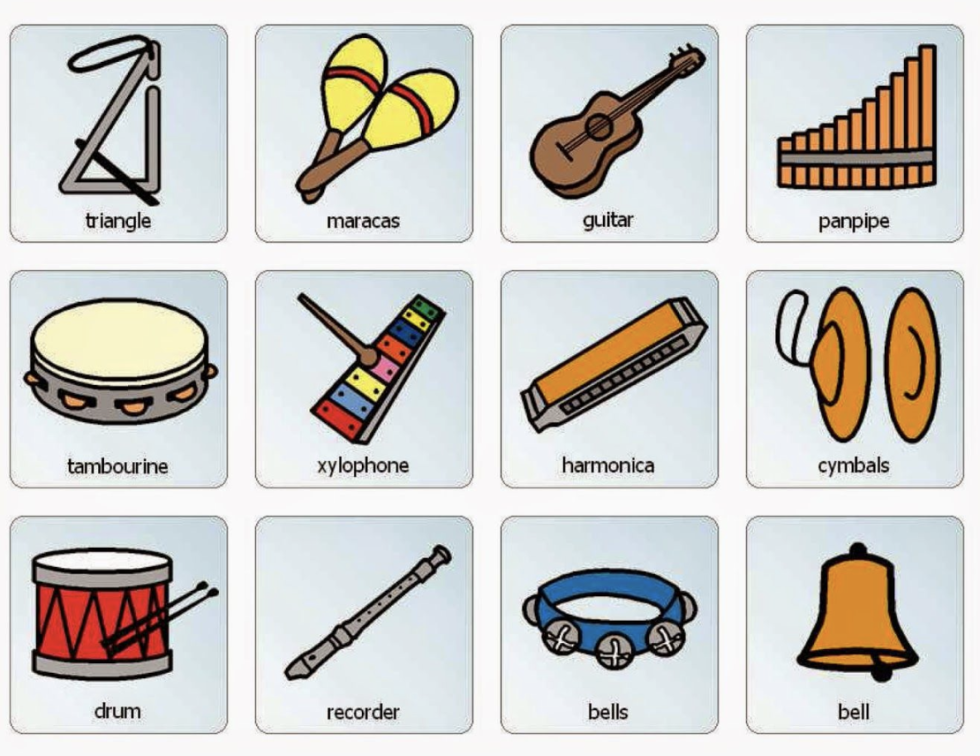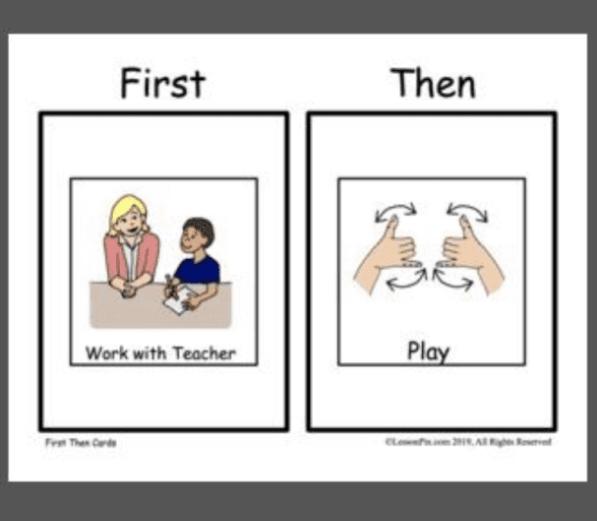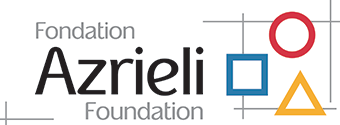Communication differences are a part of many forms of neurodivergence, particularly autism. We’ve covered differences in non-verbal communication and how to use it to create a fuller picture of what we’re trying to communicate for our students, and to help us to better understand what our students are trying to communicate to us. In this article, we’re going to look at another way of bolstering our communication with students who may process verbal communication differently.
Picture Exchange Communication System, or PECS, is widely used with many students who are autistic or have other forms of neurodivergence. They will likely be familiar with using PECS at home, at school, or in therapeutic environments. PECS consists of icons with images and the accompanying word that can both help the student to understand what is being communicated, and to provide them with a way to communicate their thoughts, wants, or needs. PECS are widely available on the internet, including music PECS as in the image below, and can be printed and laminated for use in your studio or classroom. Your student may use PECS on an iPad that they keep with them to use as a communication device.

There are lots of ways that you can use PECS with your student in music lessons. Here are some tips and ideas:
Provide your student with a number of PECS to choose from and use them to allow the student a way to answer questions. I often use musical instrument PECS, like a violin and a flute. I play a recording of the instrument playing, and ask the student to identify what instrument they hear by pointing to the correct card.
Use PECS to help your student to understand the emotional qualities of music. For student who may not have the verbal language to understand abstract concepts like happy or sad, it can be helpful to have an image of a happy face or a sad face. For example, I might play music that sounds happy, then say “that sounds happy” and point to the happy face PECS icon. The next time I play the clip of happy music, I will see if the student can identify by pointing to the PECS without the prompt from me.
Use PECS to create a “first, then” board, placing the icons in the appropriate boxes. This uses the icons to communicate with the student what is going to happen and in what order. It can be especially helpful if the next activity is a preferred activity and will be motivating for the student, as in the example below.

Create a visual schedule using PECS. A visual schedule can be helpful for neurodivergent students who may struggle if they don’t know what’s going to happen. It can provide a structure to the lesson that can be reassuring for your student. Simply put the PECS images in the order that activities will happen, for example “hello song,” then “drums,” etc. As each activity is completed, remove it from the schedule.
Use PECS to provide choices. For example, if you want to provide the student with the choice of using either the hand drum or the cabasa, place both PECS in front of your student and allow them to point to communicate their choice.
It’s important to note that music is a form of communication. You can do a lot without words or devices, using the music along with non-verbal communication. Call and response activities or improvising together are great ways to communicate musically with your student.
Happy teaching!





